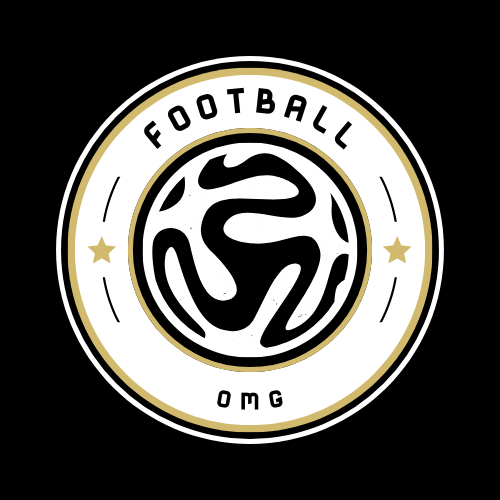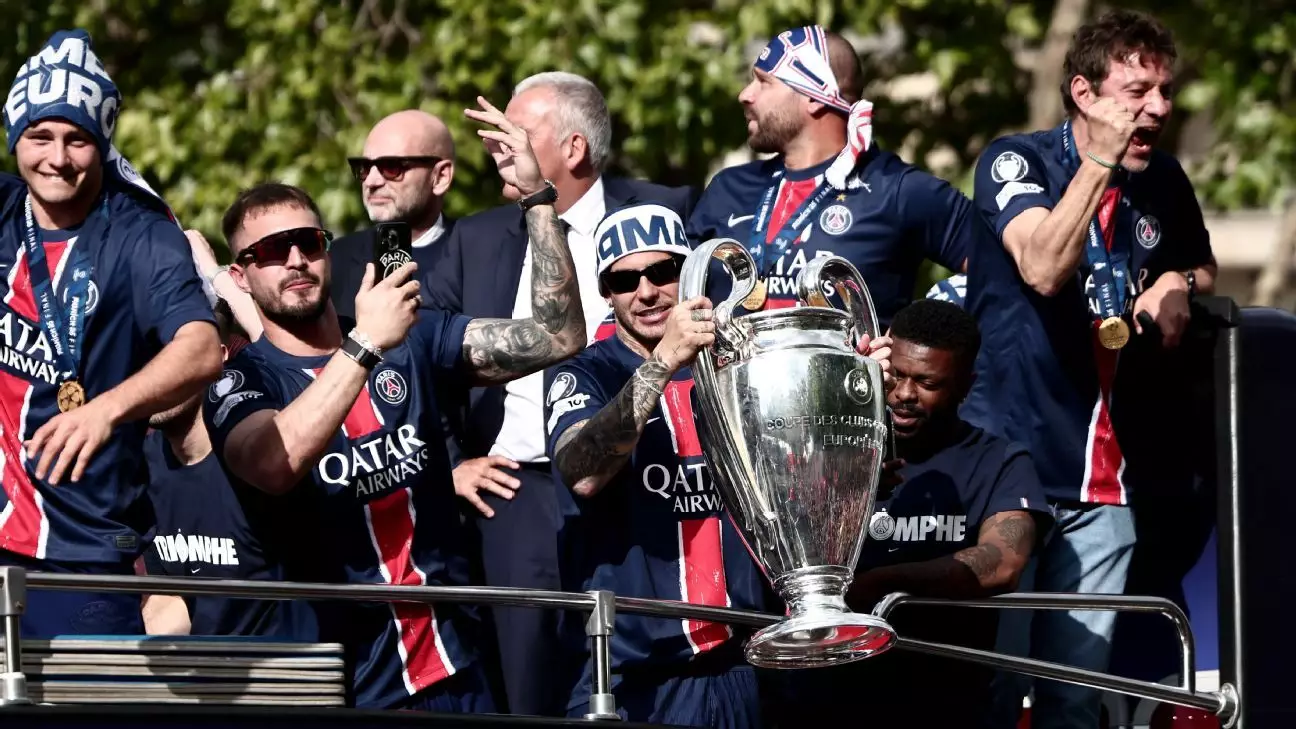Paris Saint-Germain (PSG) accomplished a monumental feat by securing their first UEFA Champions League title, a victory that was heralded with jubilation from a legion of passionate fans. The climax of this celebration came with an open-top bus parade that meandered through the famed Champs-Elysees, a symbol of pride for the club and its supporters. Fans adorned in the club’s colors filled the streets, creating an electric atmosphere that showcased the city’s affection for its football heroes. The visual spectacle of the Eiffel Tower illuminated in PSG’s colors served as a fitting backdrop to this historic occasion.
However, the night was steeped in contradiction, tainted by tragic incidents that marred the celebrations. Amid the singing and dancing, there were dark undertones that interrupted the festive mood. These occurrences transformed what should have been a collective euphoric experience into a somber reminder of the fragility of life, highlighting how a celebratory event can quickly spiral into chaos.
The Dark Side of Enthusiasm
The exuberance surrounding PSG’s victory was not universal. The shadow of two fatalities and over 200 injuries cast a pall over the celebrations. A 17-year-old boy lost his life in Dax during a street celebration, and another fatality occurred in Paris when a young man was struck by a vehicle. These incidents, though seemingly isolated, exposed the deeper complexities of large-scale public gatherings. The revelry, characterized by communal joy, can rapidly devolve into moments of heartbreak and tragedy, showcasing the duality of human nature and societal behavior.
The Paris police aggressively managed crowd control, a necessary measure during large events, yet the instances of unrest during the festivities echoed past behaviors during France’s World Cup celebrations. Vandalism, looting, and violence formed a stark contrast to the joyous chorus resonating through the city, drawing attention to a disturbing trend of unruly behavior amidst collective celebrations.
Official Statements and Perceptions
In the aftermath, PSG expressed disappointment regarding the violent outbursts, distancing themselves from these negative events. Their statement emphasized that the joy of such a monumental occasion should unify rather than divide. This sentiment encapsulates an essential truth: sports celebrate human triumph, yet when mixed with passion, they can evoke the darker side of societal behaviors—impetuous actions among a minority that can overshadow the achievements of the many.
This disconnect reminds us of a critical societal question: how do we celebrate victories that are, in theory, meant to elevate our spirits, when elements within our communities choose celebration as a platform for destruction? The call for unity must not just be a rhetorical flourish; it needs actionable strategies that prevent the tragic outcomes witnessed.
An Unruly Celebration
The night of celebration quickly turned into a logistical nightmare for local authorities. The police found themselves embroiled in chaos, responding to fireworks injuries, vandalism, and even street fires. It’s a turbulent scenario that forces an examination of public safety measures during mass gatherings. With social media amplifying the reality of a massive, easily mobilized crowd, understanding crowd dynamics becomes vital for future events.
In an age where municipal agencies prioritize safety and enjoyment, they are often caught between managing exuberant celebrations and preventing tragedy. As witnessed, managing large crowds requires finesse and foresight, ensuring that while people feel free to celebrate, their actions don’t infringe upon the safety of others.
Looking Ahead
The hopeful anticipation of PSG’s victory nonetheless remains a cherished moment for the club and its fans. This dissonance of joy and violence stresses the significance of communal experiences. The potential for football as a unifying force exists; it inspires fervor and camaraderie but can also highlight the societal rifts and challenges that lie beneath the surface. Escaping the cycle of violence amidst spontaneous celebrations remains a challenge for cities worldwide, and this incident in Paris serves as a cautionary tale.
Ultimately, the success of Paris Saint-Germain should forge community pride and spirit, sparking dialogue on how public enthusiasm can be embraced safely and responsibly. It becomes essential to channel the energy into creating an environment where celebration is synonymous with safety, joy, and togetherness, thereby making public events a testament to our shared humanity rather than a stage for disarray and tragedy.

